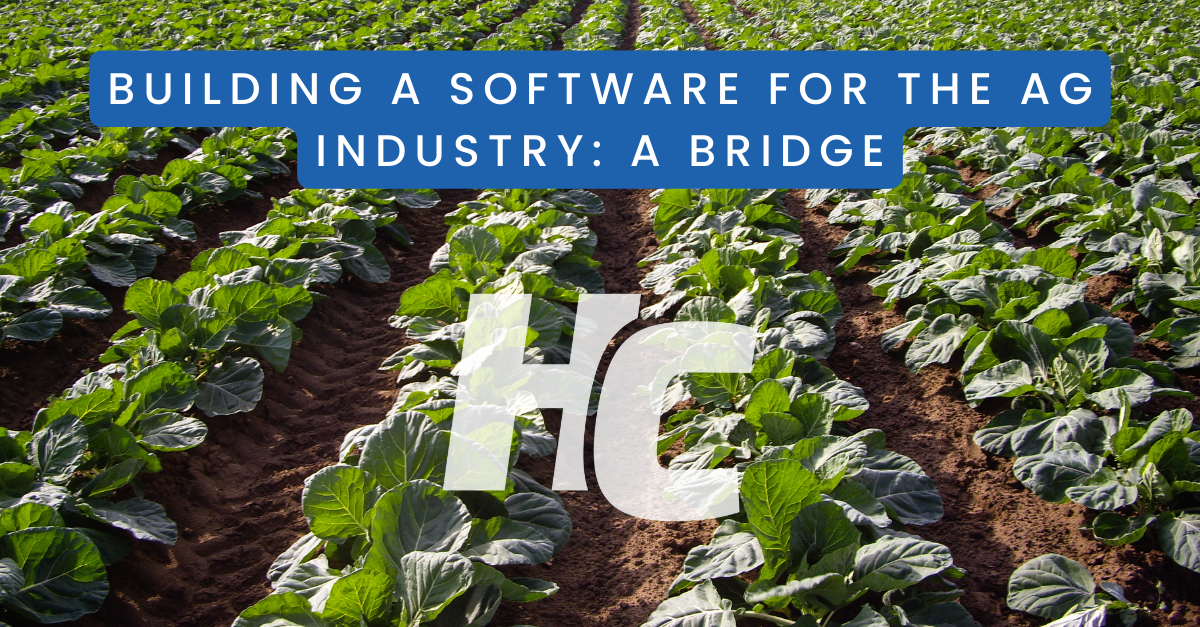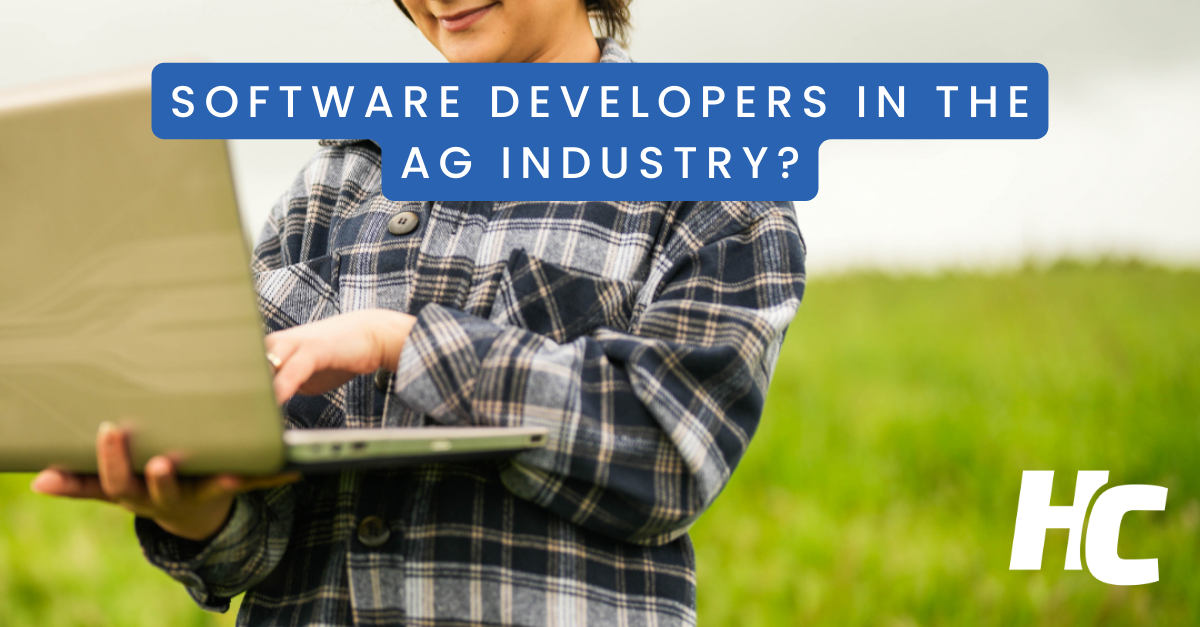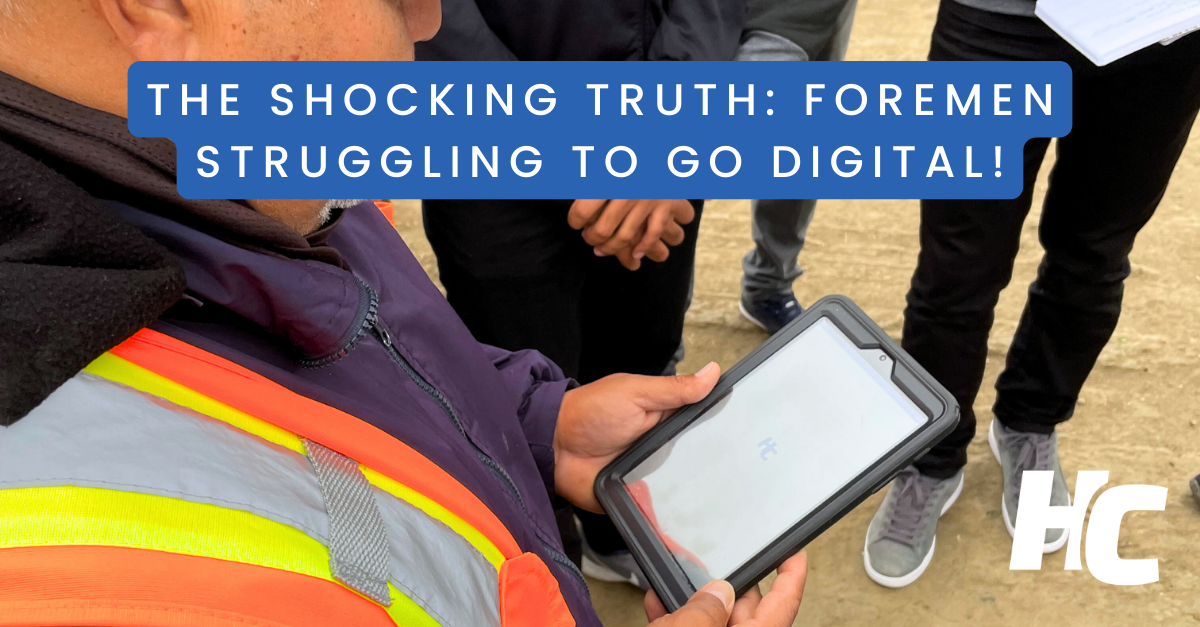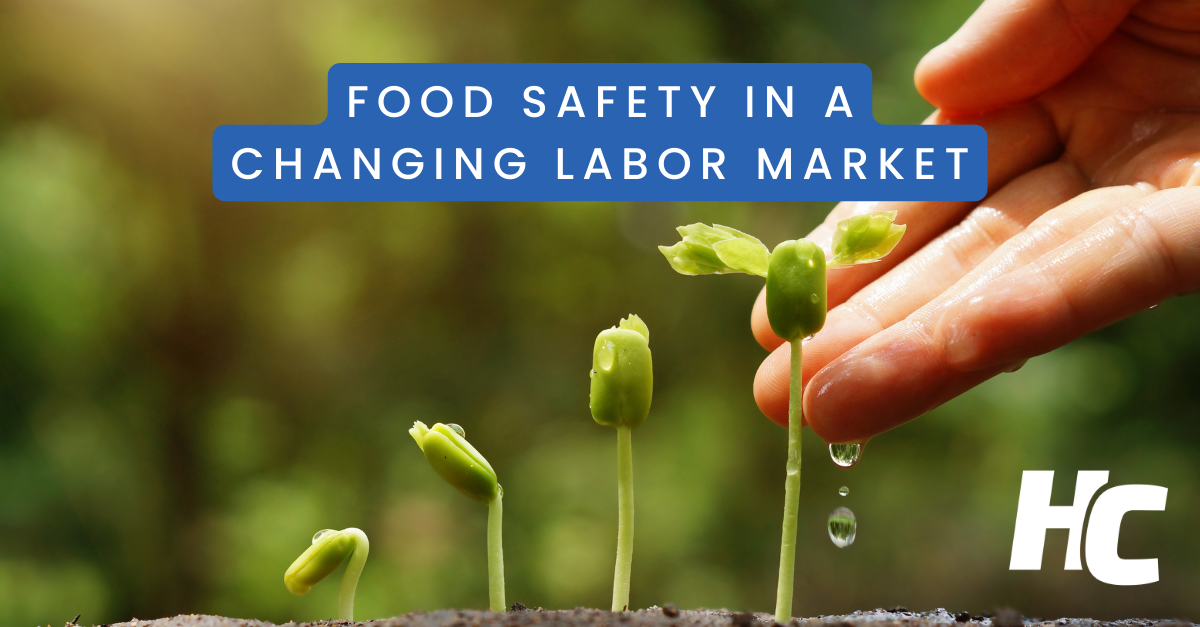
Building a Software for the Ag Industry: A Bridge
Introduction
In a world where technology is taking over everything, after 9 years working on Ag-Tech, one of the most important things I learned is probably the fact the agriculture does not play by the same rules as other industries. It’s not about the best lines of code or the most advanced technology. It’s about understanding the heart of the ecosystem that keeps our world fed, the farmers.
At HeavyConnect, we embarked on a journey that transformed our product from a simple idea to a real solution that makes many lives easier everyday. How did we achieve this? By putting our customers at the heart of our development process.
The Beginning
Our process began with meetings and visits. We listened closely and we learned about our customers’ daily lives. We visited their fields, their offices, their coolers, and many different types of facilities, immersing ourselves in their world.
We watched the sun rise over lettuce fields, we picked strawberries during cold mornings of the Salinas Valley, we sat down and calculated together hundreds of timesheets, we got mud under our boots, and we sweated together under the harsh summer sun. These interactions made us who we are, and what we collected was more than just data points, they were the seeds of our product.
The Listening
Listening became our superpower. We didn’t just hear words. We felt pain points, wishes and needs. When a foreman complained about driving one hour to deliver a piece of paper, when a manager got disappointed for losing a room of paper because of a flood, when a farmer needed to find an inspection for an audit, when a company was sued because of a wrong payment. We were there. Listening. And we felt the urgency of creating something to help them. Something to make their lives better.
We became detectives and investigated what were their biggest frustrations, where they would lose more time, what would keep them up at night. Each answer was one piece of the huge puzzle that we started to assemble, to get where we are, to have what we have, and to be HeavyConnect, as we are.
The Development
Our mission started to become more clear, as we learned that our product could not be set on stone. It was a living organism. Always changing, always evolving, always adding one piece to the puzzle. We created interfaces, we added features, we fixed bugs, we made improvements, and we built entire flows based on our customers feedback, based on what they needed, and based on what they were used to do before, but better.
The idea was always adapt and improve what they did. Completely changing their daily activities would take them too much out of their comfort zones. They needed to have something simple, something intuitive, something that even the most non-tech-heavy guy could easily learn and implement on their daily work. So with that in mind, we created a system not too far away from the paper they used to have, but a hundred times faster, easier, and more reliable.
Today, I can assure that our product isn’t something built by a bunch of tech guys on their offices. It’s something built with farmers and for farmers. It’s the result of years and years of collaboration. The fusion of our expertise and their wisdom and experience.
Conclusion
As I reflect on this journey of 9 years, I can look back and just be happy with the decisions we’ve made, and certain it was never about the newest or highest technology. It was always about building bridges, between technology and tradition, between farmers and suppliers, between growers and coolers, between our team and our customers. Our product isn’t just a tool, it’s a testament to the power of collaboration. So, the next time you see a farmer tapping away on a tablet or phone in a sun-kissed field, know that it’s not just a device, it’s a piece of their story, and ours.
By Tárek Holanda, Head of Product at HeavyConnect

Software developers in the Ag Industry?
The economy and job market post COVID-19 is still finding its footing, while in many ways the economic outlook has been ok, there are still the ramifications of years of higher inflation and shifting markets. With the tech industry going through a bear cycle as seen in layoffs across the industry, there is currently a higher supply of software developers (albeit some at a junior level) than there has ever been in the past. Where will these skilled workers go?
Some will change careers, some will remain in tech, but a not so insignificant portion are poised to go into industries like healthcare, government jobs, and agriculture. For many in the Agriculture industry, this may seem obvious. The rise in ag tech companies over the past 10 years has been significant, and I’m sure most people inboxes are aware of every “game-changing startup that will revolutionize the ag industry”. But that’s not exactly what I mean by software developers going into industries like agriculture. I do think there will continue to be a rise in AgTech companies which is a good thing, but my main point is that there will be an increase in software developers on the production side – employed by the farmer, by the grower distributor, by the farm labor contractor. This shift won't be exclusive to major corporations, I foresee mid-sized orgs and beyond integrating software developers and data scientists into their teams.
The increased supply of software developers, fueled by both domestic talent and an influx in overseas recruitment, is driving down labor costs. Additionally, the data and tools that a software developer can unlock will become extremely valuable especially with agriculture embracing data/technology more readily and tech companies starting to actually build useful tools.
The most important aspect that HeavyConnect has prepared for this eventuality is making HeavyConnect developer friendly and accessible. What does this mean? We make the data collected in HeavyConnect readily accessible to our customers through APIs and data downloads. We're actively seeking collaborations with other software providers and fostering partnerships with our customers' tech teams. We firmly believe embracing a developer-friendly approach, helps drive innovation in agriculture technology the most.
One thing to note about HeavyConnect is the majority of our employees are software developers or QA engineers, so we have the knowledge of what it takes to build out a technical team. So If you are thinking about hiring software developers, data scientists, or other technical employees, please feel free to reach out and we can provide our insights into best hiring practices and team building. And if you already have a technical team, connect with us–we are excited to build with them.
By Kes Harper, Project Manager at HeavyConnect.

The Shocking Truth: Foremen Struggling to Go Digital!
Foremen are often portrayed as being old-fashioned, lacking in technological skills, and resistant to change, which can pose challenges during the digital transformation of a farm. However, their innate intelligence and resourcefulness ultimately facilitate rather than obstruct the digitalization process on the farm.
I have seen, more often than not, foremen surprising managers with how quickly they can adapt and start using technology. Instances such as those at Nissen Vineyards, where they did not want to revert to using paper (as seen in this video), or our successful onboarding of 53 foremen within just 2 weeks to monitor their crews' time and attendance in Hawaii, along with many other successful deployments, prove that it is possible and not as difficult as we may believe.
However, let me be clear, it is not a simple process. Any behavior change requires a level of commitment and effort. Yet, there are several strategies that can significantly facilitate your farm's digital transformation. Here are a few:
- Securing buy-in from farm managers and directors: If the leadership does not recognize the benefits and efficiency gains of digital change, it becomes challenging to garner enthusiasm from foremen.
- Ensuring clarity and simplicity during the transition phase is essential: From initial training to continuous follow-up during the first weeks, addressing questions, and clarifying any concerns the foremen may have, every step leading to the final goal should be meticulously planned. This approach ensures that everyone feels at ease with the changes implemented.
- Understanding the software platform's requirements is crucial for ensuring its effectiveness in farm operations (See our post about 𝐅𝐚𝐫𝐦𝐢𝐧𝐠 𝐢𝐧 𝐭𝐡𝐞 𝐃𝐢𝐠𝐢𝐭𝐚𝐥 𝐀𝐠𝐞: 10 𝐓𝐢𝐩𝐬 𝐟𝐨𝐫 𝐒𝐨𝐟𝐭𝐰𝐚𝐫𝐞 𝐒𝐞𝐥𝐞𝐜𝐭𝐢𝐨𝐧). The platform must prioritize foremen's needs, including considerations such as usability in open areas, simplicity for non-tech-savvy users, visual cues, accommodation for the usage of gloves, language preferences, offline functionality to mitigate poor cell signal issues, among other characteristics. It's crucial to remember that foremen have a multitude of tasks, and data collection should seamlessly integrate with their workflow.
In my seven years of experience with HeavyConnect, I've found that the most challenging aspect isn't teaching foremen to use the new system. Instead, it's convincing the farm to embrace change. Once this decision is made, close collaboration with a software provider like us becomes essential to craft a tailored plan that meets the organization's specific needs.
By Leonel Junior, CTO at HeavyConnect.

Food Safety in a changing labor market
The rise of autonomous labor in the specialty produce industry has become a prominent topic of discussion. If the economic advantages of autonomous labor continue on their current trajectory, we can anticipate a significant shift toward automation in tasks that have traditionally relied on manual labor. I found Koji Hasegawa’s article provides further clarity on the factors driving adoption of autonomous labor in the industry.
While there are numerous perspectives to consider regarding autonomous labor, I’m curious to explore its potential impact on the topic of food safety, a crucial concern for the general public yet often overlooked aspect of the industry.
First, the reduction in human involvement is a notable change. With fewer human touchpoints in labor-intensive tasks such as harvesting, pruning, and weeding, the risk of issues like cross-contamination due to poor worker hygiene diminishes. Furthermore, physical hazards introduced by humans, such as hair clips, fabrics, and metals, which can inadvertently find their way into food, will become less prevalent.
Second, the increased reliance on mechanical labor in an autonomous future raises concerns about potential risks such as oil and lubricant contamination or machinery-related hazards. While these risks can be mitigated through proper maintenance and protocols, vigilance will be crucial as automation becomes more widespread.
Third, during the transition phase towards a hybrid autonomous and human labor model, what I will refer to as the “messy middle,” challenges may arise as best practices are still being established. This period demands careful attention to ensure that food safety standards are maintained during the integration of autonomous labor.
Furthermore, irrespective of the degree of automation, the role of trained food safety professionals will remain paramount. These professionals possess a comprehensive understanding of farming and facility operations, enabling them to develop processes and procedures essential for ensuring food safety in a changing landscape.
While the future of autonomous labor holds promise for enhancing food safety, continuous vigilance and analytical thinking will be necessary to uphold the industry’s high standards. By remaining proactive and adaptive, the agricultural community can ensure the integrity of our food supply.
Rise of the machines: What will drive adoption of robotics and automation in specialty crops?
By Kes Harper , Project Manager at HeavyConnect.

